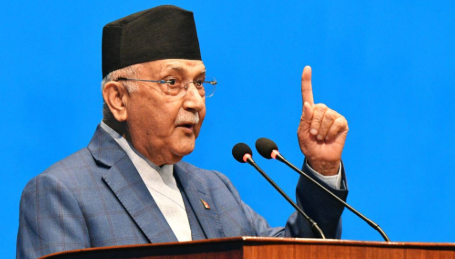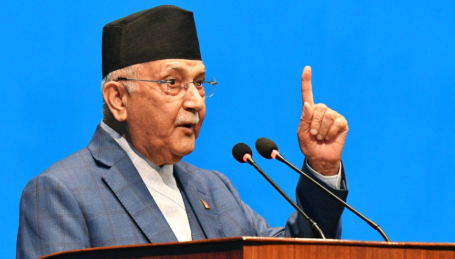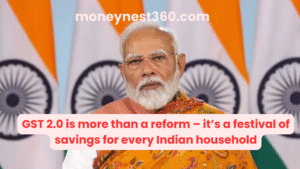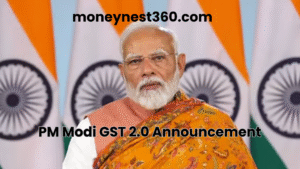KP Sharma Oli Resigned as Nepal PM
Nepal has been rocked by massive anti-government protests that culminated in the resignation of Prime Minister KP Sharma Oli on Tuesday. The demonstrations, led largely by students and young citizens, spiraled into violent clashes with law enforcement, leaving at least 21 people dead and hundreds injured.
The immediate spark was the government’s controversial decision to block 26 social media platforms—including Facebook, Instagram, and YouTube—on September 4. But what began as outrage over free speech quickly snowballed into a nationwide uprising against corruption, unemployment, and political instability.

Here are the five major reasons that forced Oli to step down:
1. Corruption and Nepotism
The social media ban triggered online campaigns like #NepoKids and #NepoBabyNepal, targeting the political elite and their privileged children flaunting wealth while ordinary citizens struggled with unemployment.
Anger also resurfaced over past corruption scandals, including the controversial 2017 Airbus purchase deal, which cost the state airline heavily. Protesters voiced frustration at systemic graft, demanding accountability.
2. Suppression of Free Expression
Blocking social media hit Nepal’s youth hard—nearly 90% of its 30 million people are internet users. The ban was widely seen as an attack on free expression, particularly when many young Nepalis rely on these platforms for communication and activism.
Although the government revoked the ban after the backlash, the damage was done, fueling distrust and rage among citizens.
3. Economic Hardship and Unemployment
Nepal’s economy has been struggling with high unemployment (10%) and low per capita income ($1,447). Nearly one-third of GDP (33.1%) depends on remittances from abroad, highlighting limited domestic opportunities.
With 43% of the population between 15 and 40 years old, young Nepalis feel excluded from decision-making and trapped in a cycle of instability. Many see migration as their only path to survival, sparking resentment against the government.
Also Read: The Golden Rule of Investment: Follow the 30% Rule + 6 Essential Steps
4. Political Turbulence and Instability
Since abolishing its monarchy in 2008, Nepal has witnessed 14 governments in just 17 years—none completing a full five-year term. Oli’s administration was seen as yet another failed attempt at stability.
His government was widely criticized for failing to address corruption, unemployment, and inflation, further deepening public disillusionment.
5. Police Violence and Deadly Crackdown
The tipping point came when security forces opened fire on protesters, killing at least 19 students—most shot in the head or chest. Instead of managing peaceful demonstrations, Oli’s government chose brute force, exposing its inability to handle dissent.
Images of police violence fueled further anger, making Oli’s resignation inevitable.
A Diplomatic Angle: Oli’s Anti-India Stance
Adding to domestic anger was Oli’s tilt toward China and strained relations with India. Despite being in office since July 2024, Oli never visited India, a critical neighbor, during his tenure.
His confrontational stance over border disputes and alignment with Beijing alienated not only India but also sections of Nepal’s population who viewed his policies as unbalanced.
Final Takeaway
KP Sharma Oli’s fall is more than just a political resignation—it reflects the deep frustration of Nepal’s younger generation with corruption, unemployment, suppression, and political chaos.
Unless Nepal’s next leadership addresses these root causes, the cycle of instability is likely to continue.








